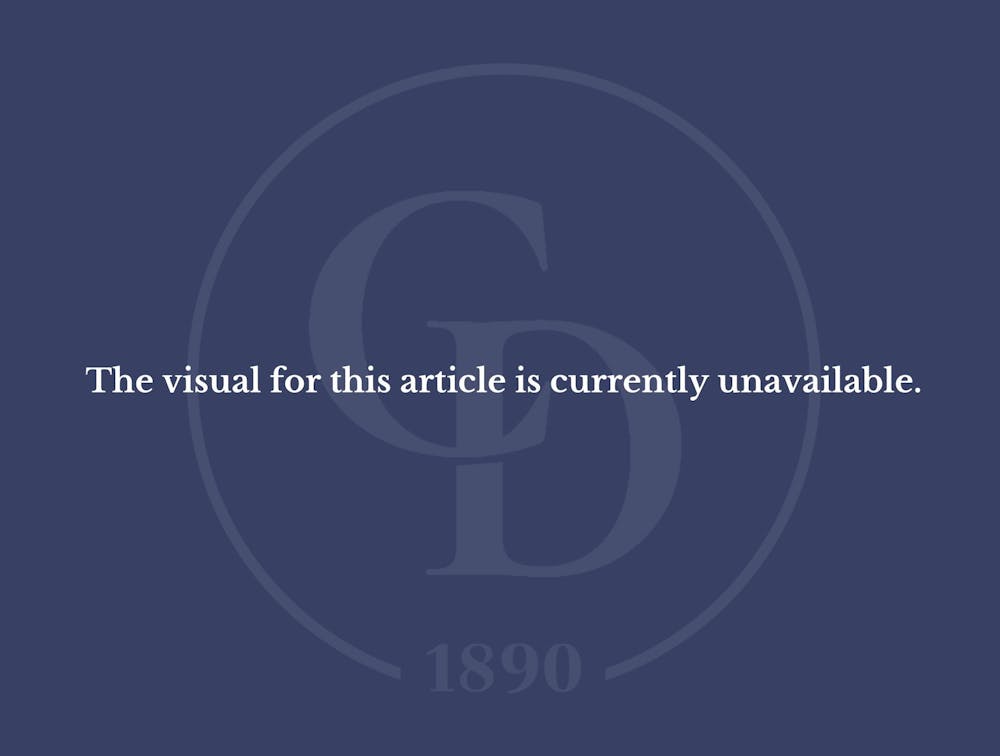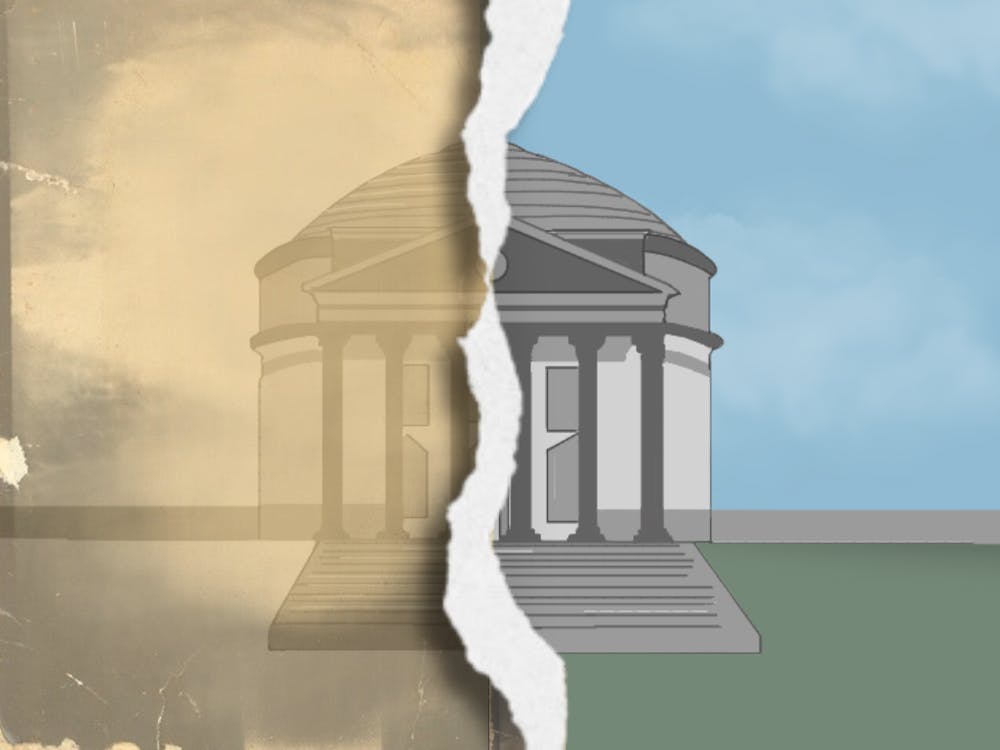University communications regarding public safety are used to notify students and staff of relevant safety issues which could pose a threat to University students and staff. These alerts are often for issues in the general vicinity of Grounds but can also reference events outside of Grounds if the danger to the University community is deemed high enough. The recent white supremacist events have challenged the scope of the alert protocol. The recurring presence of white supremacists in Charlottesville has had a profound impact on members of the University community, and the current alert system has not adequately addressed that impact. To protect students, the University should better use the alert system to inform the community about potential dangers.
Following the Oct. 7 white supremacist rally in Emancipation Park, members of the University community took issue with the fact that the University Police Department did not send out an alert to warn students and staff of the torch-carrying white supremacists chanting “You will not replace us” and “We will be back.” The rally lasted approximately 20 minutes, after which the group disbanded. Some students felt that the recurring nature of these rallies demonstrated a need for an alert, if only to dispel rumors and show that the University was aware of the event. Regardless of whether the University should have alerted the community in this particular instance, the fact that there was a contingency of students who felt at risk as a direct result of the rally demonstrates the need for a more robust communication procedure in the future.
In its effort to fully respond to these events, the University must change the way it responds to this specific type of threat. Richard Spencer and his fellow white supremacists have clearly demonstrated their intentions of returning to Charlottesville, and made good on that intention by returning Oct. 7 for a fourth rally. The recurring nature of these rallies requires a response outside of the typical protocol offered by the administration. Regardless of the location of these threats within the city, they pose a danger to members of the community. The specifics of this new response system could take a range of forms. The University could establish an external partnership with the city through which students can receive alerts concerning white supremacists activity if they so choose, or incorporate of these events into the current protocol for the University alert system. Regardless, the University must increase the efficacy of their communications with the community regarding public safety.
The University is making strides towards creating a safer environment for students and staff, such as resolving to enforce the ban on open flames on the Academical Village and designating the space a facility. This effort should promote open communication between the administration and the wider University community. Establishing a more encompassing alert system would serve to greatly improve the University’s ability to proactively combat the presence of white supremacy in Charlottesville.







